Frontlist | Our Hindu Rashtra: India's descent into a majoritarian nation
Frontlist | Our Hindu Rashtra: India's descent into a majoritarian nationon Jan 15, 2021
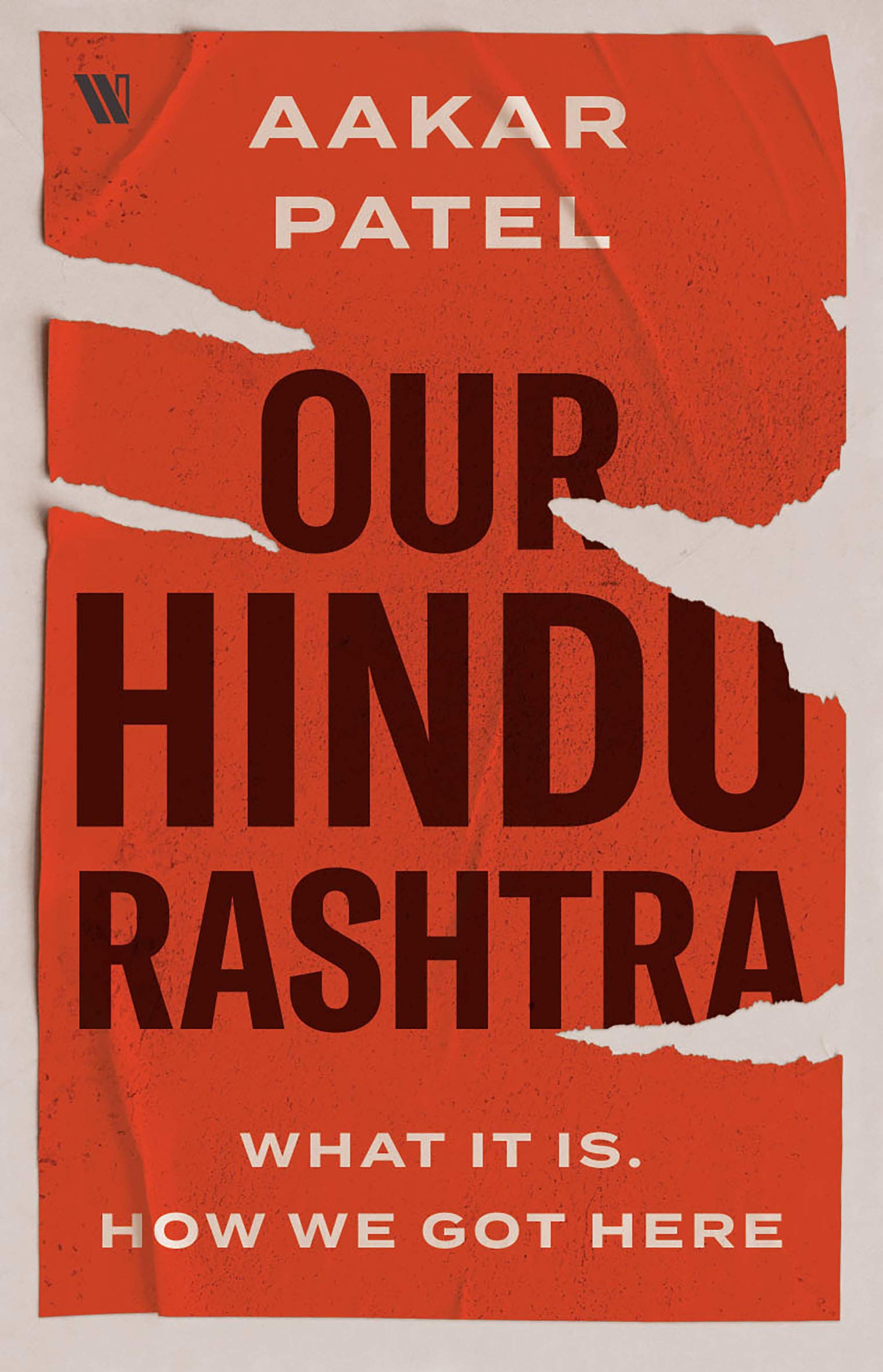
Comparing India’s case to Pakistan’s, it becomes clear that the mainstreaming of religious politics is having the same kind of effect here that Pakistan has already undergone.
How did India become the nakedly majoritarian country it is – a Hindu Rashtra in all but name? Aakar Patel’s answer to this question starts, as any such account must, with Partition. It is not the Partition of India in 1947, but that of Bengal in 1905, where he rightly begins his story, for it was during the movement against that first Bengal partition that “Vande Mataram, the Hindu nationalism trope, became popular as the anthem of Indian nationalism”. It was also then that “The Muslim League was formed in 1906 in Dhaka, the capital of the new province of East Bengal and Assam”, he points out, and “Muslims made their first formal demand for political representation as a community”. From there, Patel chronologically traces, in brief, the politics that led eventually to Partition, noting that the demand for it came first in an article by Lala Lajpat Rai published in the Tribune on 14 December, 1924. It was only much later, in 1940, that the Muslim League under MA Jinnah formally took the position that the Muslims were a separate nation – although as late as 1946, they were prepared to settle for a federal solution and leave India undivided, and passed a resolution to this effect accepting the terms of the Cabinet Mission Plan. After Independence and Partition, India and Pakistan took off in different directions. Patel recounts Jinnah’s famous speech to Pakistan’s Constituent Assembly in which he laid out his idea of a country where everyone regardless of “caste, colour or creed” would be “first, second, and last, a citizen of this state with equal rights, privileges and obligations”, and said “we are starting with this fundamental principle: that we are all citizens, and equal citizens, of one State”. How then did Pakistan slide from that hopeful beginning to become a place where intolerance and discrimination are now part of the Constitution, and ordinary freedoms of ordinary citizens are curtailed by medieval provisions of law that interfere even in private and personal lives? That was not where Pakistan started. “Even in 2020, the Indian Penal Code and the Pakistan Penal Code remain identical,” says Patel. “The natives of Lahore know what the number 144 means in law just as well as those of Chennai.” His tracing of the slippery slope by which Pakistan slid from the vision laid out by Jinnah, and the shared legal framework left to both India and Pakistan by the British to become the Constitutionally unequal place it is now, is a lesson for Indians who still think such things cannot happen here. Hindutva’s aims for India go back to inspirations drawn by VD Savarkar from Saudi Arabia and Israel, Patel points out. Reading its foundational texts, by writers such as Savarkar, former RSS chief MS Golwalkar, and Bharatiya Jana Sangh ideologue DD Upadhyaya, is not something that a lot of people, including those cheering lustily for the Hindu Rashtra, tend to do. Patel patiently read them, and summarised their messages, for which he should be thanked. Thus, readers can now discover, without ploughing through his collected works, that Golwalkar wrote in his Bunch of Thoughts that panchayats functioned best when run along caste lines, that he believed elections should not be competitive but unanimous, and that he thought “tyranny was difficult in a Hindu Rashtra because of caste”. The reasoning behind this last bit of wisdom is that political and economic power, represented by Kshatriyas and Vaishyas, were subjected to the “supervision of such selfless men as had no axe to grind: the Brahmins”. The long history of judgements over the decades legalising and normalising Hindutva politics in India, which Our Hindu Rashtra subsequently traces, is among its strengths. India’s election law forbids seeking votes on grounds of religion, race, caste, community or language, and the use of religious symbols. The law is observed more in the breach, but it is the court’s attitude to such apparent breaches that makes for interesting reading. In a chapter titled 'Supreme Complicity' the author points out that according to a remarkable judgment from the Supreme Court, “even promising a Hindu Rashtra to Hindu voters is not a communal appeal”. Patel traces the history of such judgments, going back to a 1964 case where the Supreme Court judged that “Om” was not a religious symbol. From there on, it gradually came to decide that even Bal Thackeray’s incendiary speeches were actually not violative of secularism because he wasn’t really talking about religion. Comparing India’s case to Pakistan’s, it becomes clear that the mainstreaming of religious politics is having the same kind of effect here that Pakistan has already undergone. We now have state repression against women marrying outside the community in the name of preventing “love jihad”, of cow worship being elevated to the status of a national taxpayer-funded project, and of increasing imposition of food taboos of particular castes and sects on the entire population with the backing of state power. The book has a useful chapter on the debate over cow slaughter dating back to the Constituent Assembly. It also examines love jihad, triple talaq, and Kashmir. The thread that binds all of these appears to be the writer’s view that there is really no ideology underpinning the whole Hindutva project; there is only the idea that India’s minorities, and especially its Muslims, have to be shown their place. It is hard to disagree with Patel on this. He has built his argument on the basis of legal and constitutional developments in India and Pakistan over the decades, and on texts written by stalwarts of the Hindutva movement themselves. It is when he finally goes past these, to his concluding chapter on 'How to Fight It' that Patel is on less sure ground. The author holds up what was, at the time of its writing, the best example of a citizens’ movement against perceived injustice, the movement against the National Register of Citizens and the Citizenship Amendment Act. He calls it a “beacon and shining light” for activism. However, Patel then immediately proceeds to make the mistake that mainlanders of all political proclivities tend to make: he characterises the movement as one led by Muslims, forgetting entirely that the whole thing — both the NRC and the agitation against CAA — started in the Northeast, where it was not primarily about Muslims. He ascribes the movement’s success to Muslim mobilisation. He does this despite noting that the NRC only happened in Assam. What he misses is that the first protests against CAA also began there. He mentions Turkey, Indonesia and Iran as countries that “publicly engaged the Indian government over the issue” and refers to a statement from the Organisation of Islamic Cooperation on the issue. He misses the fact that it is Bangladesh, with which India has a famously porous border of 4,096 km, whose adverse reactions may have worried India’s security and foreign policy establishments as much as the rest combined. The security and stability of India’s Northeast and East are indivisible from those of Bangladesh. Apart from this one grouse, I have only good things to say about Patel’s book. It is lucidly written and packs in a lot of research in one readable and not overly fat book. Our Hindu Rashtra is recommended reading not only for Indians but also for Pakistanis interested in understanding how their countries got to where they are. The story is rather depressing for anyone in the subcontinent who is not a supporter of bigotry against minorities. Nonetheless, it does leave readers with a message of hope borrowed from Dr Martin Luther King Jr: that “the arc of the moral universe is long, but it bends towards justice”. That arc, however, does not bend itself. It is up to all of us to bend it, as our ancestors fighting for equality and freedom did before us, in the direction of justice. Source: Firstpost
Aakar Patel
Book On Hindu Rashtra
Book On Hinduism
Book On India
Book Review
Book Review Frontlist
Frontlist Book News
Frontlist Book Review
Frontlist India news
Frontlist Latest news
Indian Author News
Indian Author News Frontlist
Indian authors
Our Hindu Rashtra
Our Hindu Rashtra Book News
Our Hindu Rashtra Book News Frontlist



.jpg)






.jpg)

.jpg)
.jpg)
.jpg)
.jpg)
.jpg)
.jpg)


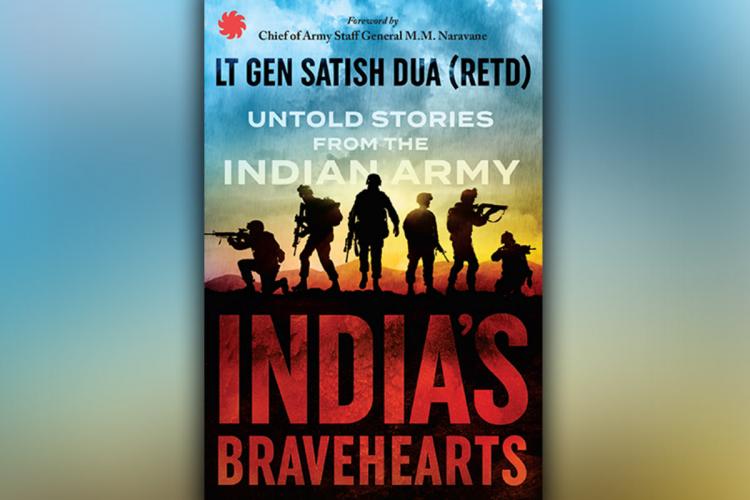
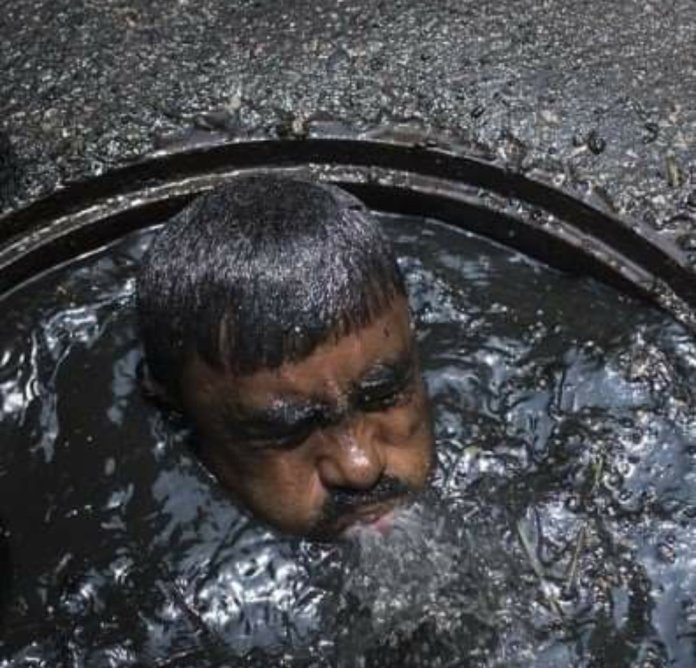
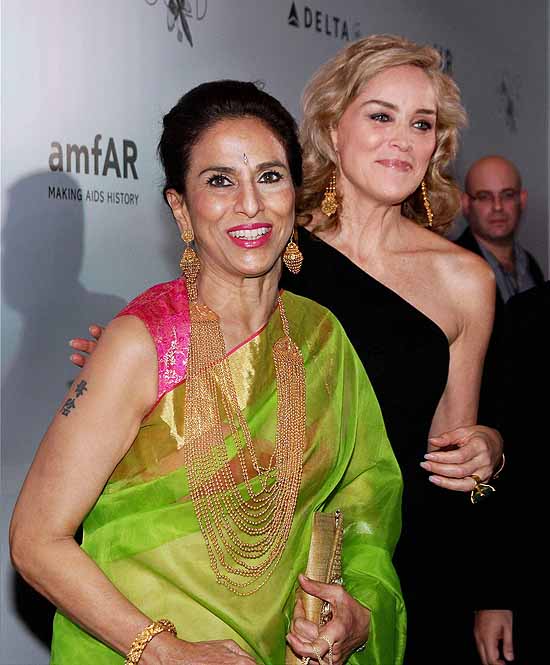
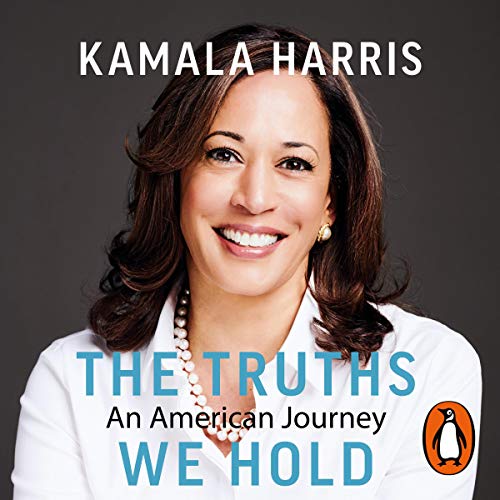
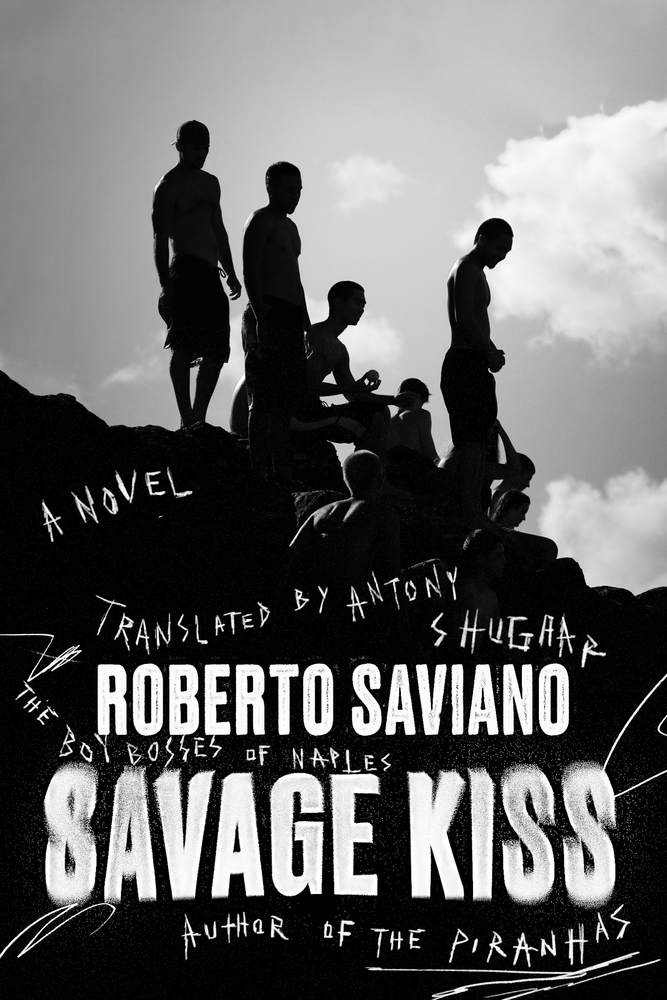
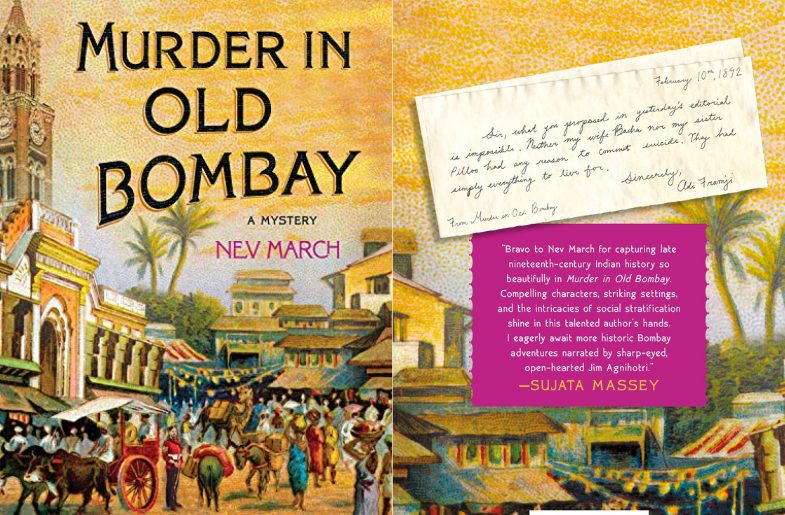
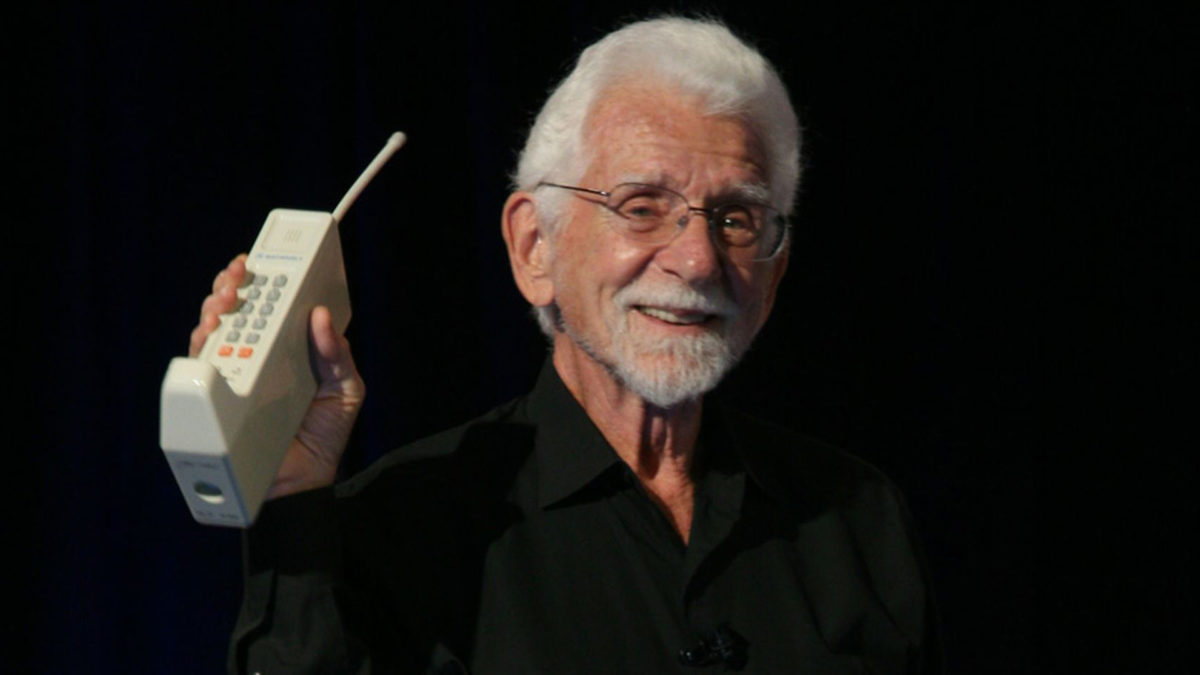
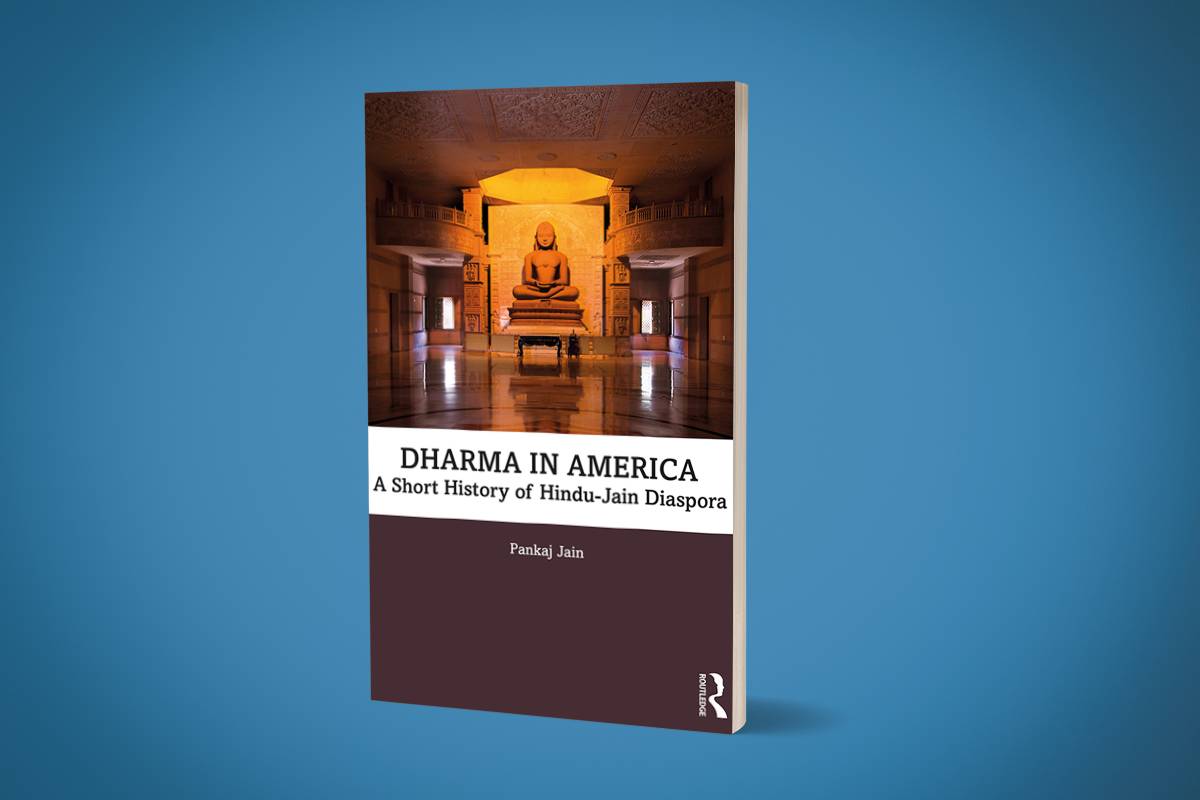
Sorry! No comment found for this post.